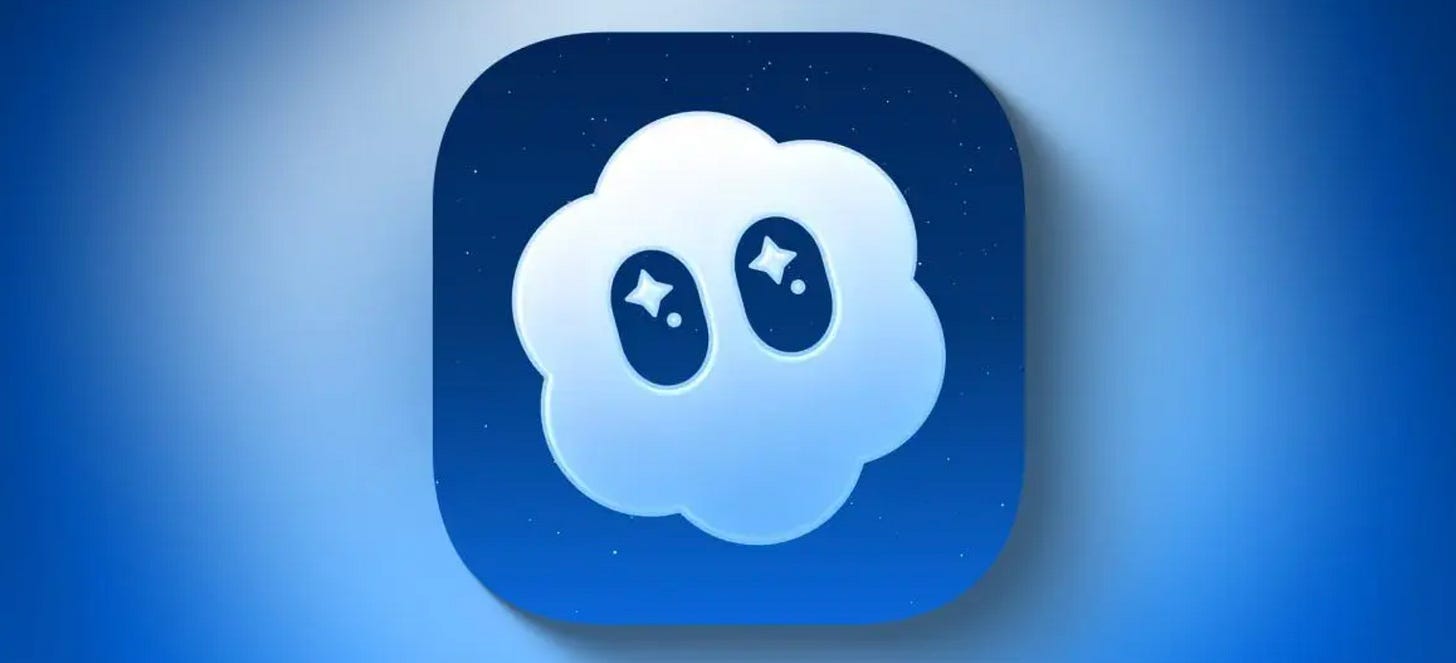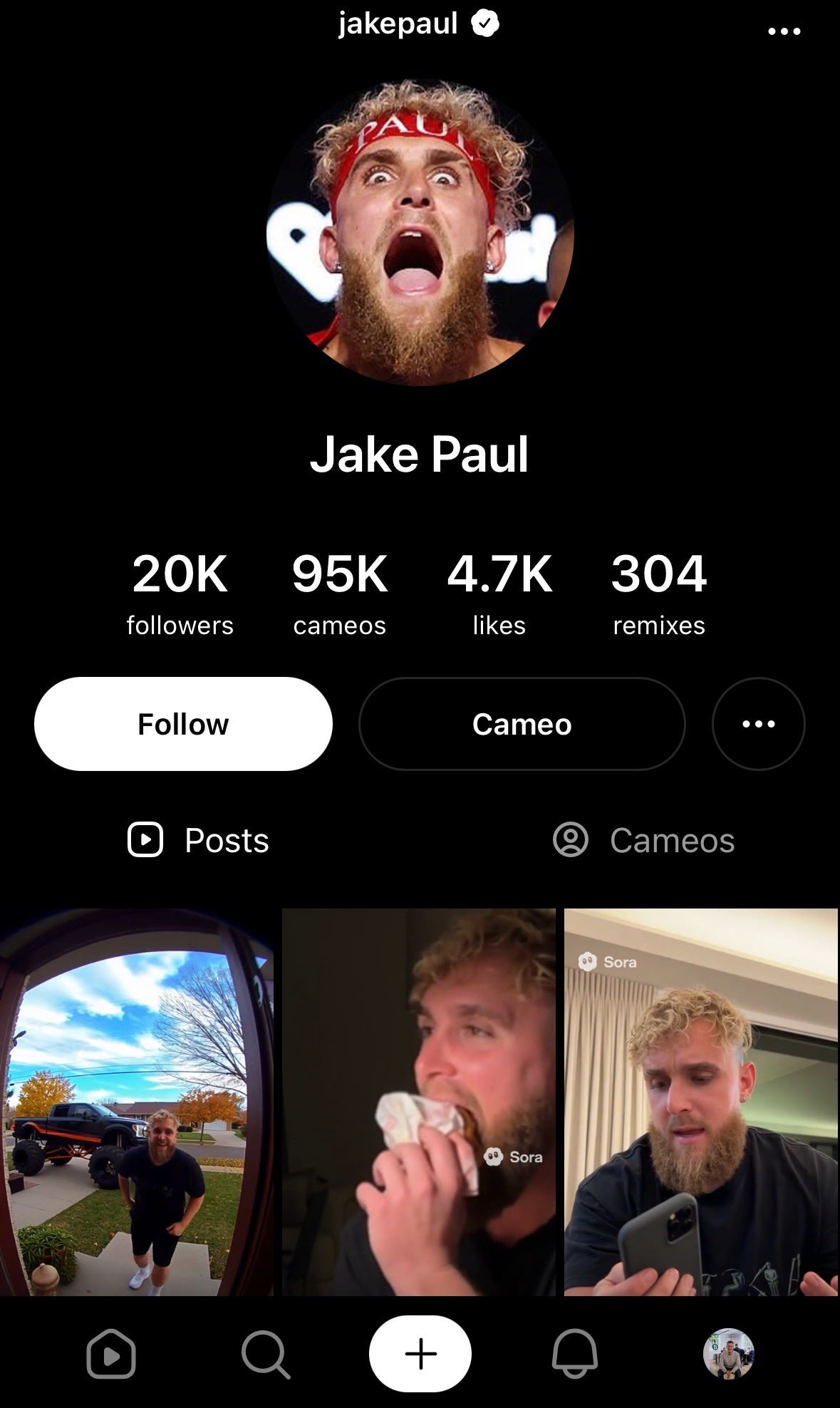How to use Sora 2, ChatGPT's new AI video social network
With private beta invites selling for hundreds on eBay, OpenAI's latest launch, Sora 2, is the hot ticket in more ways than one.
I’ve spent this week playing with OpenAI’s new creation, Sora 2, the much-hyped social network come supercharged generative AI video engine. It’s in its invite-only phase of launch, so not too easy to get into especially if you’re in the UK like me. Top line is, it’s kind of dystopian looking at a social network with a very similar look and feel to TikTok and all the content is synthetic.
Scrolling through new Sora is in some ways kind of like looking at a stock image library, but there’s no getting away from how lifelike Gen AI video from Sora is now. The direction it is going, soon AI video will just be indistinguishable from ‘real’ video. But what does it mean for brands? Have a search around and you’ll see quite quickly.
If you’re yet to get into Sora 2, aka new Sora, here’s a step by step walk through for the newbie. And if you need an invite, let me know on db@battenhall.com.
What is Sora 2
Sora 2, the new Sora, is essentially Sora’s iOS app, and it’s the app bit and the dramatically improved video engine that’s new. If you’re in the U.S. or Canada, just look it up in the Apple App Store, and if you’re somewhere else, go to sora.chatgpt.com and use a VPN to teleport yourself to the U.S.! You’ll need to be a ChatGPT Pro user, and you’ll also need an invite code, and for one of those just hunt around online or ask a friend, and you’ll be in.
The content on Sora is pretty dystopian right now. There’s a lot of sci and influencer stuff, but mostly though it’s clips of things that possibly could be real but they’re just not. Currently the videos in the Top section include a granny telling off a bear for going through her bins, Abraham Lincoln on a talk show, and some sci fi art.
Sora is a social network, and it’s like TikTok, but with AI video exclusively. For this reason, some would call Sora content this AI slop, or brain rot. But there’s no getting away from the fact Sora’s very fast and powerful. Will it stand on its own two feet as a network, or will it just become a video creator engine for content that will fill the other app that Sora 2 looks just like ie TikTok? Time will tell.
How does Sora work
TikTok meets AI mens Sora is pretty simple, just with a few new sections. You have a profile page that looks just like TikTok, with an avatar of your choosing, username taken from ChatGPT, follower count, likes, but you have two new labels for users to obsess over: Cameos and Remixes.
Followers: how many people follow you
Cameos: how many videos you or others have created *of your likeness*. This is a key function of Sora 2. You cannot upload a video of someone and ask Sora to make something using their likeness, only of yourself once you give permission. Once you do, cameos pop up here and it’s off to the races.
Likes: how many likes your videos have
Remixes: how many times your videos have been remixed. This is like a retweet or a repost. The remix button is on the right of every video on Sora 2, where the repost / send to button is on TikTok. But to remix, you have to tell Sora what to change about the video. See below from the top trending Sora granny video, but remix was simply to change the season from Autumn to Spring.
Below’s a look at what a profile looks like, the verified account of Jake Paul.
To make video content on Sora, just hit the + button centre bottom, and prompt your way to making some videos! These will load up while you get on with other stuff and each video you create just takes a minute or so, and appears in your drafts. You can then choose what to publish from there.
What will Sora mean for brands
While people’s likenesses are protected on Sora, brands aren’t so much. Have a search around for your brand in Sora and you will already see a lot of content using your brand’s likeness. Essentially, your brand is in the new social network, in the new AI, and it’s probably time to lean in, figure out how it works, and consider taking part.
Take the below KFC muckbang for example, a cameo video is by user ‘jakepaulthegoat’ (not the verified account jakepaul) who just posts videos that so realistic most wouldn’t be able to tell it’s not really Jake Paul.
If you’re a brand and want to get into Sora, some tips for the newbie:
Search for your brand and how its being used
Look up creators and influencers who you are affiliated with, of who you think could be
Consider reserving your band name in ChatGPT Pro which means you can reserve your brand handle on Sora too
While I was getting to grips with Sora this week, a few stories have been circulating in the media that bring together just how AI is shaping how social media is used, consumed and how it influences us.
Sora beats GhatGPT record; synthetic social influencers; for some it’s love
Firstly I see that Sora 2’s launch has hit 1m downloads faster than ChatGPT did. Officially the Sora iOS app, which is what Sora 2 is, saw 627,000 iOS downloads in its first seven days of availability, compared with ChatGPT’s 606,000 iOS downloads during its first week. OpenAI’s head of Sora, Bill Peebles, announced that Sora reached a million downloads in under five days, which he said was faster than ChatGPT, despite Sora being in invite-only mode and in US & Canada only. Wowsers.
Since playing with Sora, the concept of synthetic content has been something I’ve been thinking about within its own network, ie just on Sora, but then more widely across platforms. Like AI influencers, which is a phenomenon on the rise.
On this note, I have been reading the reaction from Hollywood who are up in arms over AI actress Tilly Norwood. “The age of synthetic actors isn’t coming. It’s here.” Vice reports. An AI influencer, labelled as an actress but who hasn’t actually been in a film yet but that’s fine, has been built and launched “to be the kind of star studios dream about: versatile, tireless, and immune to bad press.” Its makers bill her to be “the next Scarlett Johansson or Natalie Portman ... People are realizing that their creativity doesn’t need to be boxed in by a budget.” There’s no escaping that AI characters look completely realistic now, and so what kind of safeguards should be placed on such creations I wonder?
And on that topic, the last story that caught my attention this week was about child safety with AI. According to a new study in the United States, 1 in 5 high school kids is in love with their AI or knows someone who is. This is from a new study of U.S. teens and parents by the Center for Democracy and Technology.
This is a huge topic right now and I’ve seen it first hand through the research work I’ve been running as part of my social media safety nonprofit, Raise. We ran focus groups through the summer and one of the most stark findings from our research survey which is currently out in the field is how social media use for kids has ushered in AI and the extent to which teens and younger are becoming attached to it. There will be a lot more on this to come I am sure of that.
To end on a lighter note, this whole topic of AI influence is going to be explored at Battenhall’s upcoming event which is taking place on the morning of November 5th in London. Tickets are now on general release here. I’ll be speaking too, so I hope to see you there!



